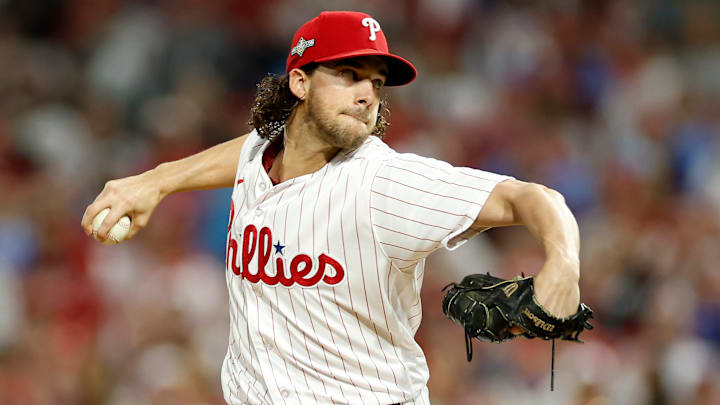Yoshinobu Yamamoto
Yoshinobu Yamamoto hails from Japan, and he currently plays for the Orix Buffalo of the Nippon Professional Baseball. Redbird Rants' own Andrew Wang recently took a deep dive into what fans can expect from Yamamoto, and I would highly recommend you read his piece. Wang compared Yamamoto to another NPB transfer, Kodai Senga.
"So how does Yamamoto compare to Senga? In short, he’s much younger and he’s quite a bit better. From 2020-2022, Yamamoto pitched to a 1.70 ERA with a 0.900 WHIP and 9.8 K/9, surpassing Senga’s 2.19 ERA, 1.104 WHIP, and 10.2 K/9 in every metric except for strikeouts."Andrew Wang
Wang also states that Yamamoto will easily surpass Kodai Senga's $15 million AAV. Senga signed a 5-year, $75 million contract last offseason, and he hasn't disappointed for the New York Mets. Yamamoto is significantly younger than Senga, so it is presumed the length of his contract will be at least 6 years.
NBC Sports recently stated that multiple executives expect Yamamoto to sign a contract closer to 7 years, $200 million. That would place his AAV around $28 million. That is a high dollar value, and it would absolutely limit what the Cardinals' front office could do this offseason to build up a weak starting rotation.
